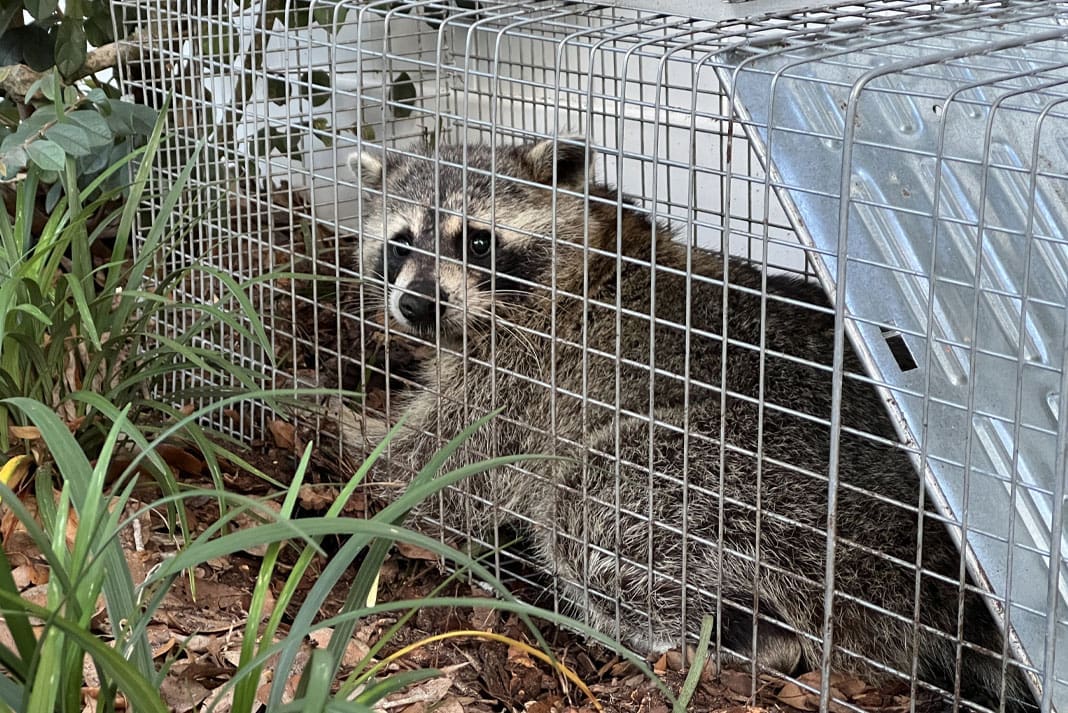Live traps are essential tools for anyone involved in wildlife management, pest control, or outdoor wildlife studies. As an experienced outdoorsman, understanding how live traps work can empower you to humanely capture animals without harming them, ensuring a successful capture and release or relocation process. In this comprehensive guide, we’ll explore the mechanics of live traps, offer practical tips, and address common questions.
What is a Live Trap?
A live trap is designed to capture an animal without causing injury or death. Unlike lethal traps, live traps allow for humane relocation or study of wildlife. They are typically used to manage pest populations, handle nuisance wildlife, or capture animals for tagging and research purposes.
How Does a Live Trap Work?
Live traps come in various designs and sizes to suit different types of animals, but the basic principles remain consistent among them:
- Baiting: Successful trapping begins with choosing the right bait. The bait is placed inside the trap to lure the animal in. The type of bait varies depending on the target animal. For example, peanut butter is effective for rodents, while fruits might be better for raccoons.
- Trigger Mechanism: Once the animal enters the trap to retrieve the bait, it usually disturbs a trigger mechanism. This mechanism can be a simple pressure plate, a lever, or a string attached to the bait. When triggered, it causes the door(s) of the trap to close.
- Enclosure: The trap’s enclosure is designed to prevent the animal from escaping once the door is shut. It usually consists of strong metal or heavy-duty plastic materials, ensuring the animal remains contained until it’s consciously released.
- Ventilation and Safety Features: Most traps are designed with ventilation to ensure the captured animal remains comfortable and stress-free. The design aims to minimize injury and distress, featuring smooth edges and escape-proof mechanisms that prevent harm to the animal.
Choosing the Right Live Trap
Different scenarios call for different types of traps based on the target species:
- Havahart Traps: These are a popular choice featuring spring-loaded doors and sensitive triggers. They are ideal for capturing medium-sized animals like raccoons and opossums.
- Cage Traps: Often used for smaller mammals, cage traps are simple and effective for capturing animals like rabbits and squirrels.
- Specialty Traps: Used for specific animals, such as feral cats or large birds. These may have unique designs tailored for the habits and sizes of specific wildlife.
Setting Up a Live Trap
- Location: Choose an area where there is evidence of animal activity, such as tracks or droppings.
- Camouflage: To reduce wariness of the trap, incorporate natural elements like leaves or brush around the setup, concealing the trap but leaving the entrance clear.
- Pre-Baiting: Before setting the trap, leave some bait near and within an unset trap to acclimate the animals to its presence, increasing the chance of successful trapping.
Releasing the Captured Animal
- Check Local Laws: Ensure that releasing captured wildlife complies with local regulations. Releasing non-native species can disrupt local ecosystems.
- Location Selection: Release animals in an appropriate habitat away from urban areas to minimize human-wildlife conflicts.
- Safe Handling: Wear gloves and approach the trap calmly to reduce stress on the animal. Open the trap’s door and step back to allow the animal to exit naturally.
Havahart’s comprehensive guide can provide additional tips on responsible trapping and releasing practices.
Key Takeaways
- Humane Approach: Live traps offer a non-lethal method to control wildlife populations and study animals responsibly.
- Customization is Key: Tailor the choice of trap and bait to the specific target animal for effective results.
- Ethical Reset: Always check traps frequently to minimize stress and ensure the humane treatment of captured animals.
FAQs
1. How often should I check my live trap?
Traps should be checked at least twice a day, preferably every few hours, to ensure captured animals are not subjected to undue stress or exposure.
2. Can live traps be used for all types of animals?
While they are versatile, live traps are mainly used for small to medium-sized mammals and some birds. Specialized traps are needed for larger wildlife like deer or bears.
3. What should I do if I capture a non-target animal?
Immediately release non-target animals unless they pose a specific threat or are protected species, in which case contact local wildlife authorities.
4. Is it illegal to use live traps in some areas?
Regulations vary, so it’s crucial to check local wildlife management laws before using live traps in your area.
5. How do I choose the right trap size?
Select a trap large enough for the animal to enter comfortably but small enough to limit excessive movement. Most manufacturers provide guidelines for selecting the appropriate trap size for different species.
Additional Resources
For more information on wildlife management and effective use of live traps, refer to Wildlife Control Supplies and National Pest Management Association.
Using live traps is a responsible choice for those who interact with wildlife regularly, promoting humane treatment and ecological balance. Whether you’re addressing a nuisance animal situation or conducting research, understanding how these traps work and applying best practices will enhance your success and ensure ethical outcomes.
